10th Nov 2022
Erratic weather conditions have been the calling card of climate change in recent vintages in Tuscany, alternating between cool and wet in 2014, very hot in 2015, then an oasis of perfect conditions in 2016, then hot and dry in 2017, then cool, wet and hot in 2018. Then, in 2019, God pressed the reset button and provided a return to some normality.
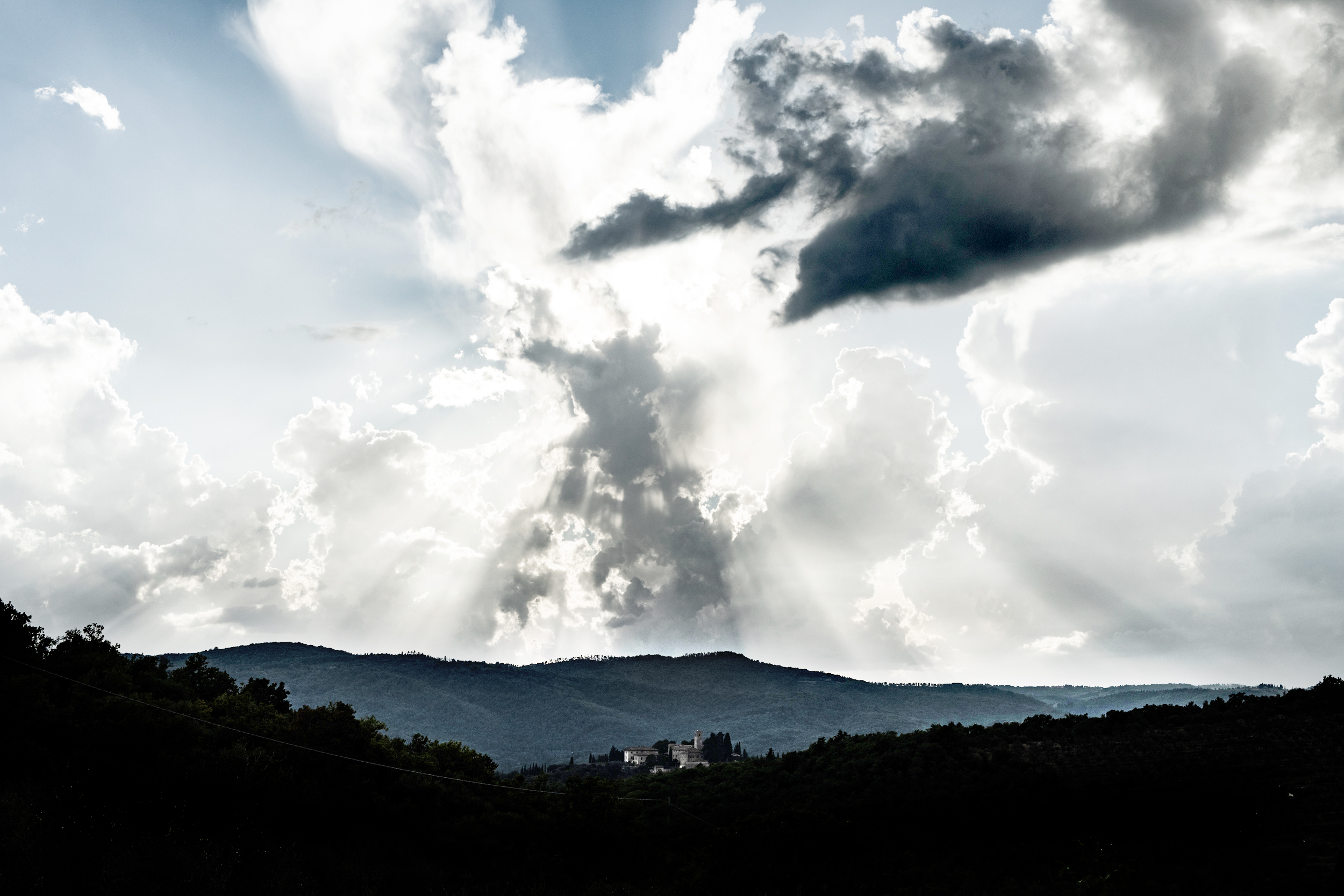
The Great Reset Button in the Sky
Each vintage presented its own difficulties. 2014 was cool, wet, and challenging. Having said that, it would be a mistake to write it off. Some producers have produced very good wine and love their 2014s. Roberto Bianchi, the owner of Val delle Corti and President of the Vignaioli di Radda Association, cites 2014 as one of his favorite vintages.
It would be a mistake to write 2014 off while the 2015 wines are typically friendly, open, and forward.
2015 started off normally with a cold winter and a rainy spring, but then temperatures soared in July. It was one of the hottest summers on record, and there was a smaller temperature difference between day and night than in most years. The 2015 wines from Tuscany are typically friendly, open, and forward. They have more red fruit than black fruit aromas and flavors, and they are round, concentrated, and full in the middle. In short, they are fruity wines with lots of appeal. In my recent tastings, they are still showing very attractive. But some are a little over-enthusiastically oaked and can come across as big ‘fruit and oak’ bombs.
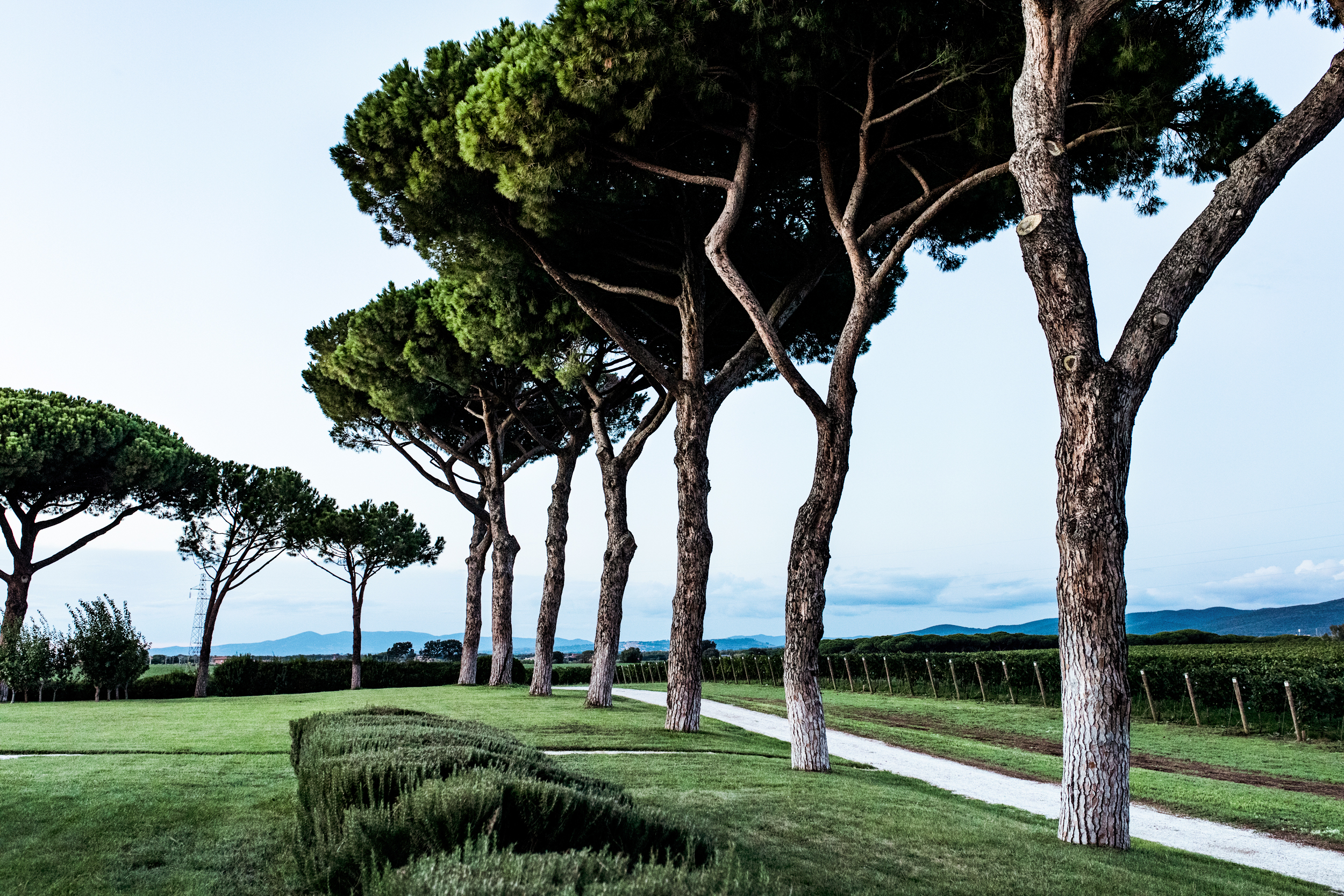
2016 was a more classic vintage, cooler with a longer growing season. There were no extremes of heat or drought, and the vintage finished with a long, fine autumn which had the all-important factor of large swings between day and night-time temperatures, typically from 30 degrees C (86 degrees F) in the day to 15 degrees C (59 degrees F) at night. The grapes were able to ripen slowly and evenly, achieving that rare physical and phenolic ripeness at the same time, accumulating plenty of aromas and flavors. The 2016s typically have cool, blue-black fruit characteristics and very refined, finely integrated tannins that are much more harmonious than any of the immediately preceding vintages. For many producers, 2016 was an exceptional vintage. I remember being very excited when tasting the newly released 2016s at the annual Anteprima Toscane events in Florence in 2018 because of the purity and precision of the aromas and flavors; these were beautifully balanced wines with silky, refined tannins. At a private vertical tasting of Fontodi wines around that time, owner Giovanni Manetti, and President of the Chianti Classico Consorzio, was equally enthusiastic, telling me that 2016 was “… the vintage of the decade, if not of the last 20 years…”. However, tasting them during the summer this year, I felt that many of them were a little underwhelming. Perhaps they are going through a sullen teenage period and are just a bit shut down. Perhaps as Francesco Ricasoli, owner of Castello di Brolio, said when I mentioned this to him, “2016 is already a long time ago now.” I think what he meant was in the last few years, the attention to detail in the vineyards and the wineries has increased so much. My feeling is that I would leave the 2016s for another three or four years to give them time to regain their early poise and balance.
2016 was a more classic vintage, cooler with a longer growing season.
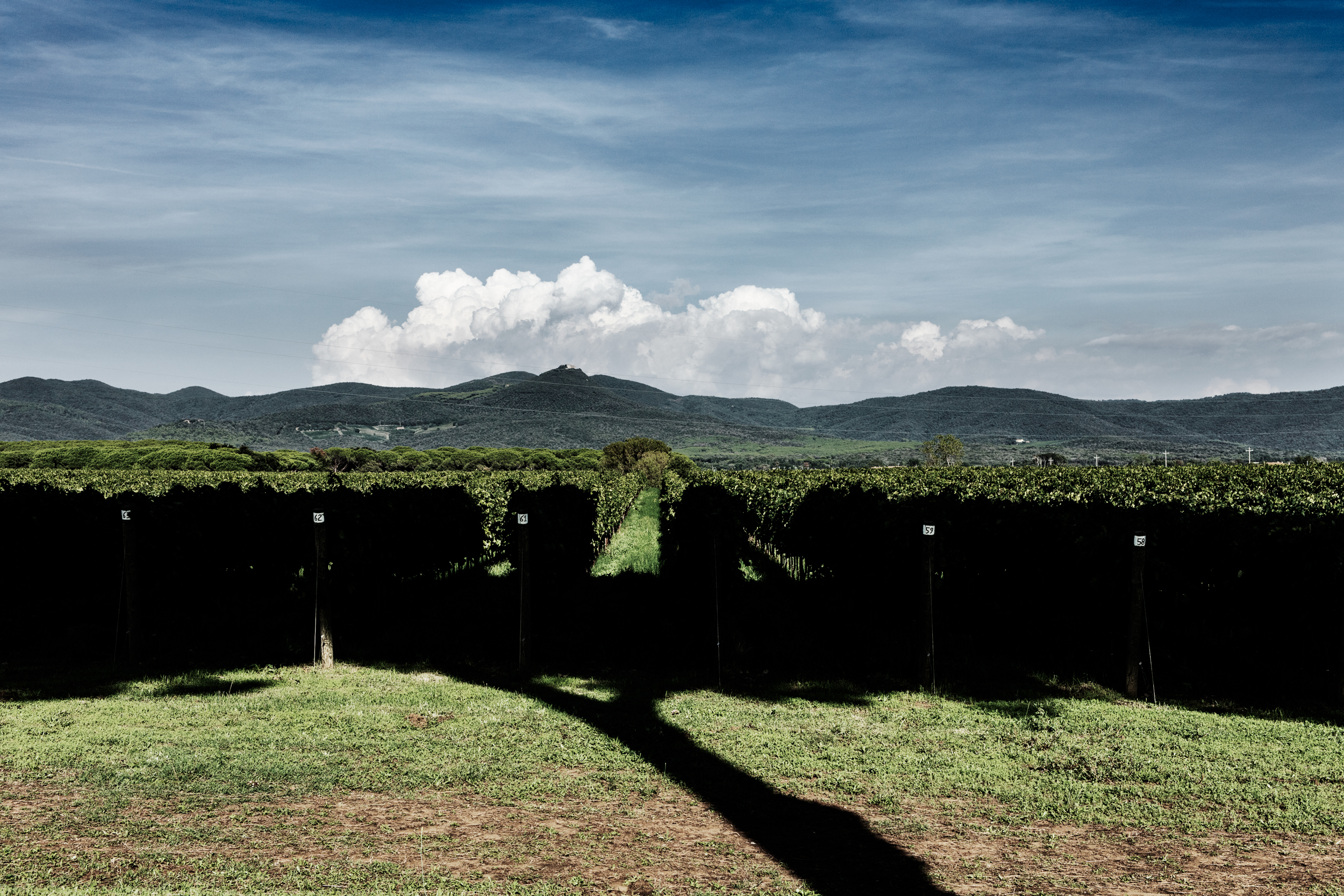
While being a little disappointed with some 2016s, tasting the 2017s at the same time was often a pleasant surprise. 2017 was another difficult year because it was very hot and very dry. Fortunately, there had been plenty of rain during the previous winter, which allowed the vines to build up their water reserves, and a frost in spring reduced yields (in many cases increasing quality), but from spring through summer, there was little or no rain. Yet the 2017 wines, in general, are not overripe, and they do not taste green and unripe either. They have a lovely expression of red fruits like cherry and strawberry, and the tannins are very well-managed and fine except for a little dry twist on the finish, which is a characteristic of the 2017 vintage. The 2017s have a lot of charm and are approachable sooner than the 2016s. They have a mid-term rather than long-term lifespan.
The 2017s also have a much lighter touch in terms of oak than the 2015s. Thankfully in the vintages since 2016, the best producers seem to have dialed down the heavy use of oak, and it is much less noticeable. Roberto Bianchi called it “the use and abuse of oak” that “had resulted in 30 years of madness.” He feels that producers are beginning to use oak with more “sense” now.
It is also the case that producers were more concerned about the 2017 vintage—a bit like 2018 but for different reasons—so they felt they had to spend more time in the vineyard, fine-tuning vineyard practices and paying even more attention to detail, whereas if the vintage looks great like the 2016, there is a tendency to do less.
The 2017s have a lot of charm and feature a lovely expression of red fruits like cherry and strawberry.
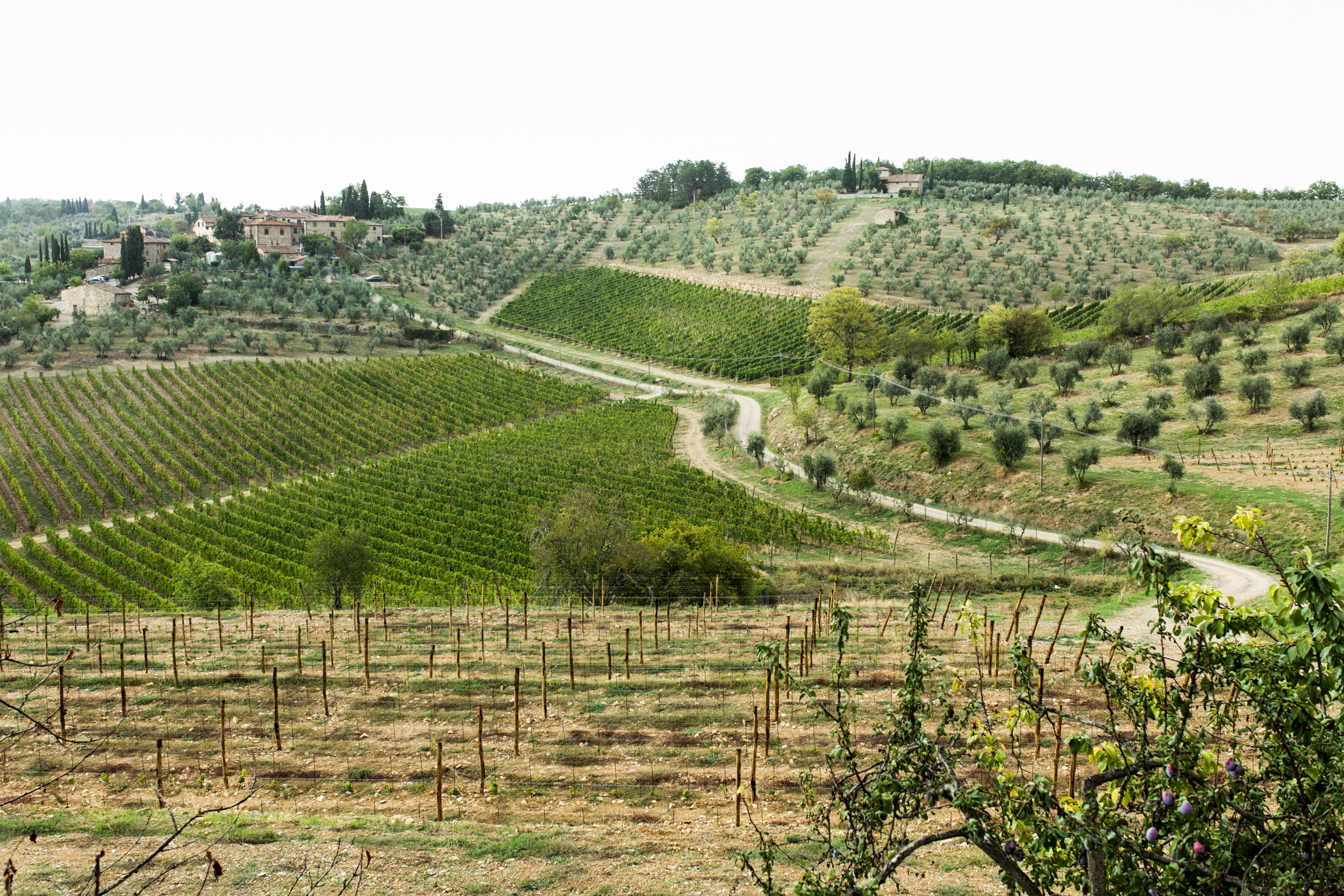
The 2018s, in general, provide enjoyable, earlier-drinking styles.
2018 was another challenging vintage in Tuscany as weather conditions were so variable. Roberto Bianchi says that 2018 “was kind of an unbalanced year. It was cold in the winter, then hot too soon, then again cold, and up and down the whole summer, and ending up in September with a kind of sub-tropical weather, hot and humid. It (2018) is not really sympathetic.” Many producers had to make several passes through the vineyard, removing less perfect fruit. In the end, at Val delle Corti, he had to harvest earlier than he would have liked, harvesting in early rather than mid-October. However, Bianchi went on to say that although 2016 was “an iconic vintage. Wonderful! Incredible—with almost perfectly balanced wines,” he prefers the “problem child” vintages like 2014 and 2018 because they “push you to your limits to try and help them. I love these kind of not perfect wines,” he said reflectively.
When tasting the 2018s, I could often read these struggles in the wines themselves. Some had a little over-ripeness and sun-dried fruit aromas and flavors of sultana or brown sugar, some had quite green and unripe flavors, and some had both elements in the wine at the same time, reflecting the wet/hot combination. But the best producers did a really good job of bringing these elements together in an intriguing kind of harmony. Many 2018 Tuscan wines are lively, refreshing, engaging wines that are neither heavily extracted nor heavily oaked but have a juicy freshness and accessibility. The 2018s, in general, provide enjoyable, earlier-drinking styles, although the very best wines can last. For Marco Pallanti, winemaker and co-owner at Castello di Ama, “2018 has an exuberance of fruit, good volume, and good tannins.” My notes show that there are a few truly exceptional wines from this vintage. I gave the Tignanello 2018 a perfect score of 100 points, for example. The wine was like a beautiful watercolor painting of the vineyard. All this goes to show that beauty can come out of struggle and adversity, and sometimes the best wines can be made in less-than-perfect vintages.
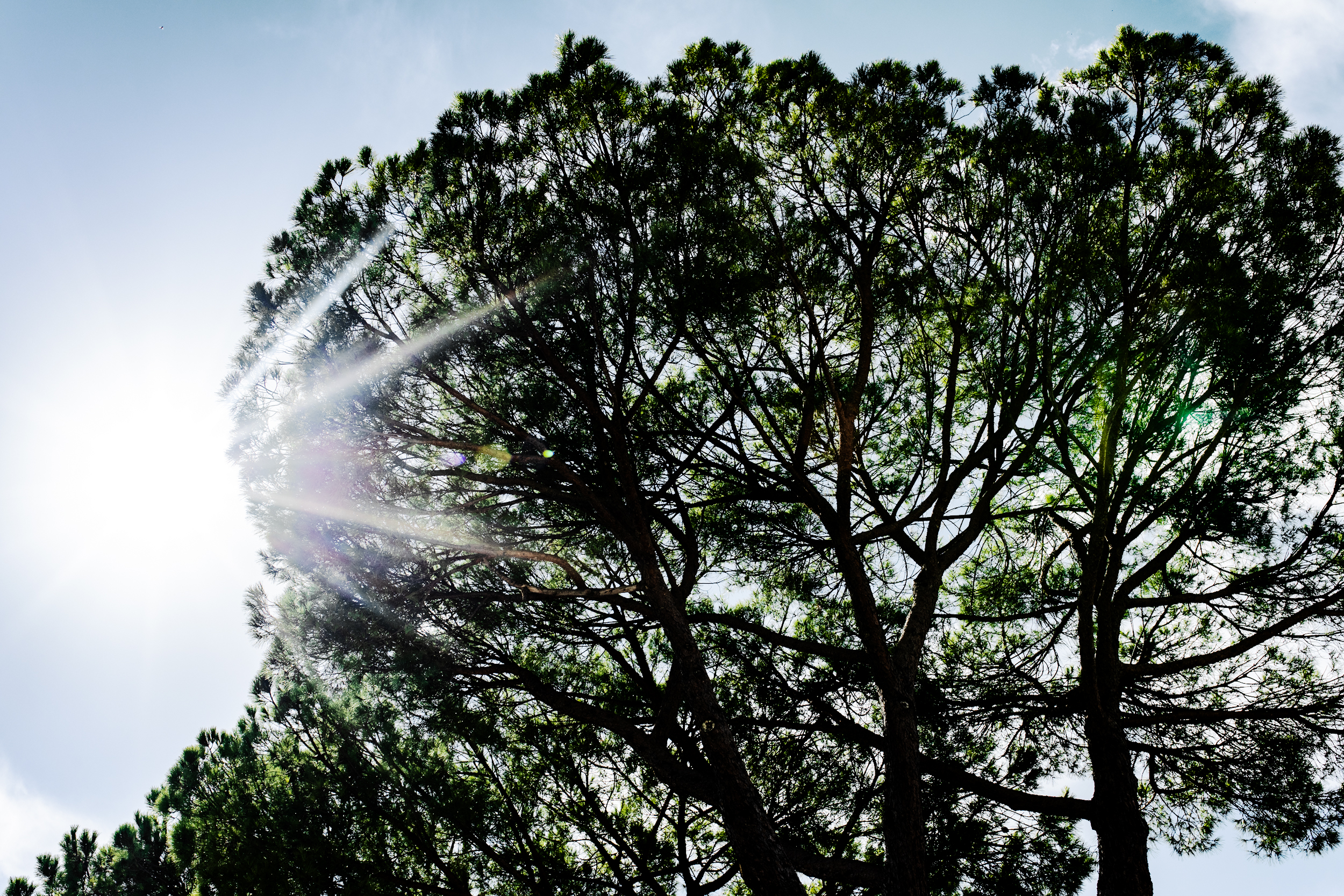
The 2019 wines typically have an incredible ease and charm about them.
2019 was a dream vintage. It was a return to a more classic style and a year with more even weather patterns. Winter was cold, with unusually some snow in some areas but not too cold. “We had an early start to spring,” says Robert Bianchi. “But then it stopped!” May was cool and rainy, but this was a good thing to build up water reserves for the vines. June, July, and most of August were hot but, again, not too hot. After a shaky start, September was warm and dry in the daytime and cool at night.
Paolo di Marchi, the owner at Isole e Olena, says of the 2019 vintage, “I love it. It is good when it is young, and (it will be) good when it is old.” In many ways, the 2019s remind me of the 2016s, but if anything, they are even better. So far, I have already awarded four perfect scores to wines from this vintage. The 2019 wines typically have an incredible ease and charm about them with harmonious, well-integrated tannins: they look very comfortable in their own skin as if they have led a charmed upbringing. Right now, many 2019s are more appealing than the 2016s. They have more vibrant red fruit with subtle oak spice and a graceful harmony and balance on the palate. Axel Heinz, CEO at Masseto and Ornellaia, says that the 2019s are in a “sweet spot right now.”
The stunning quality of the best 2019s indicates great progress on the part of the producers as well as reflecting the qualities of the vintage. In the last few years, producers have become more adept at dealing with very varied weather patterns. There is much more attention to detail both in the vineyard and in the winery. Leonardo Bellaccini, director of winemaking at San Felice, describes some of the techniques used to deal with climate change in the vineyards: “There is more grassing between the rows to protect the soil from erosion, excessive heat, and sunlight or to help soak up the rain in wet conditions...there is less leaf removal than in the past, as leaves protect the fruit from excessive sunlight and burning. In addition, if leaves are removed too soon, young, new leaves grow to replace them. These young leaves are more effective at sugar production, and this is the opposite of what we need in recent vintages, whereas old leaves produce less sugar but also produce more polyphenols and better tannins”.
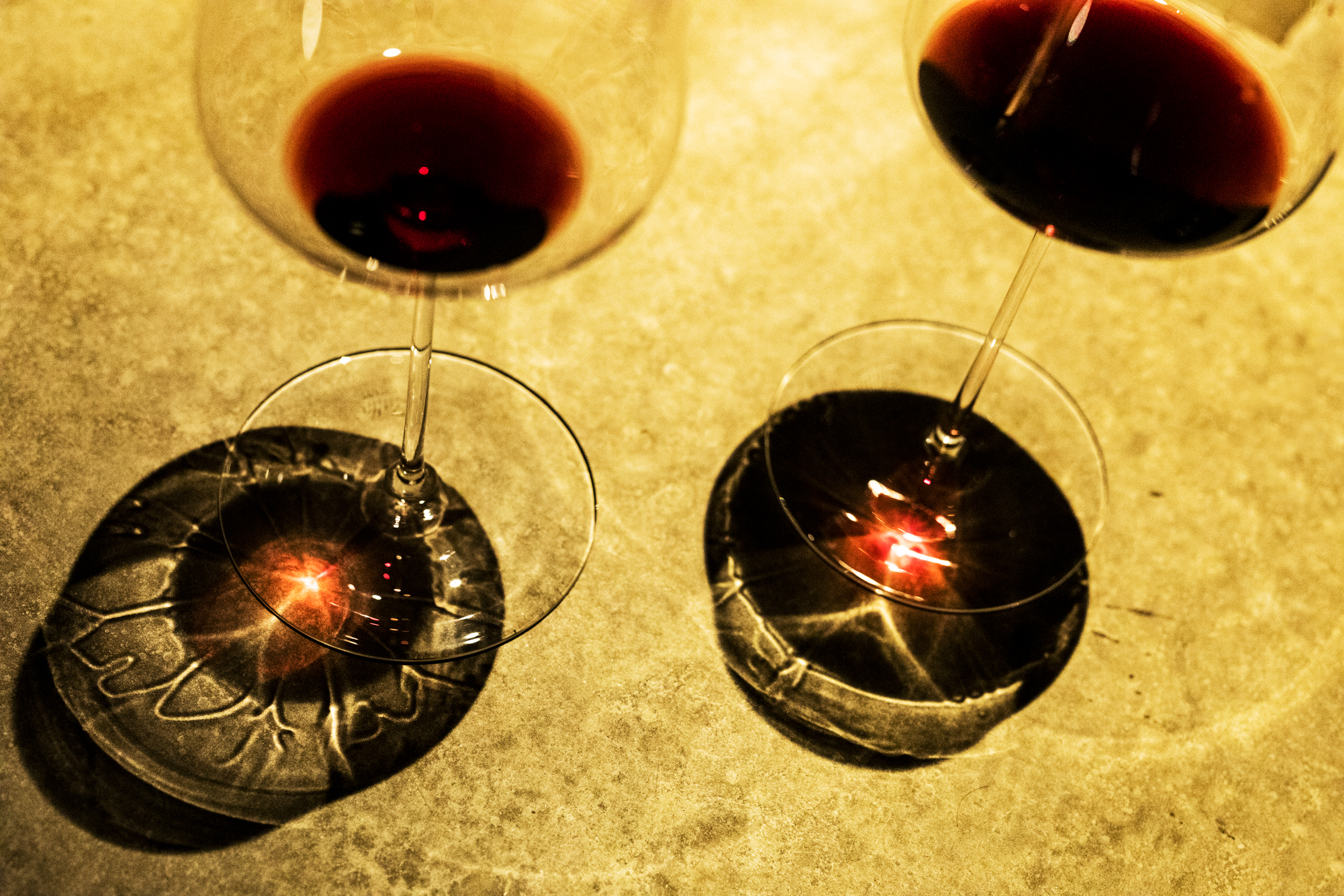
Another crucial element is the quality of Sangiovese itself. The Chianti Classico 2000 Project resulted in high quality clones of Sangiovese. Since the mid-1990s, over 50% of the vineyards have been replanted. These vineyards have come of age and are now fully mature. Sangiovese is now able to stand on its own and compete with other top international varieties. As Renzo Cotarella, CEO of Marchesi Antinori, commented in October when discussing the new release Tignanello, “The quality of Sangiovese is so good now that it has no need of other varieties.” But they will continue to include 20% of Bordeaux varieties to be true to the brand. Yet some of those international varieties have, arguably, fully acclimatized to the region and are now thriving. Marco Pallanti believes the Merlot in his exceptional Gran Selezione is now “native,” and he has no intention of giving it up. And at the same time, there is a new focus on lesser-known indigenous varieties. For example, Badia a Coltibuono and San Felice both have vineyards planted and are making wines that rediscover ancient traditional varieties such Mammolo, Ciliegiolo, Pugnitello, Colorino, and Malvasia Nera. And, when I met Paolo di Marchi of Isole e Olena this year, he spoke of Canaiolo with great affection, its spice, suppleness, softer tannins, and “purity.” For him, it is part of the essence of Chianti Classico.
In 2021 the Consorzio Vino Chianti Classico voted to allow only local varieties in the Gran Selezione category and to allow 11 Unità Geografiche Aggiuntives (UGAs) or Additional Geographical Units to specify their village names on labels while increasing the minimum amount of Sangiovese from 80% to 90%. Laura Bianchi of Castello di Monsanto told me, “If we create the UGAs with only Sangiovese or 90% Sangiovese, it is the best way to understand the territory…and the peculiarities of that variety in one particular place.”
The desire to express difference, identity and terroir is clearly a strong one and is the next step in taking the quality of Chianti Classico to an even higher level. Vintage variation is another element that defines individuality. Nature, with its dramatic changes in weather, reminds us that a vintage is not simply good or bad, but is an individual fingerprint of a particular time and place that adds its own special ingredient to a wine’s identity.
The desire to express difference, identity and terroir is clearly a strong one and is the next step in taking the quality of Chianti Classico to an even higher level.
–
Article & Reviews by Susan Hulme MW
Photos by Svante Örnberg
See more work from Svante at svanteornberg.se by clicking here!

PRODUCERS IN THIS ARTICLE
> Show all wines sorted by scoreMore articles

Bordeaux 2023 Vintage Report and Reviews from Barrel
09th May 2024
649 tasting notes

Cathiard Vineyard New Releases
02nd May 2024
3 tasting notes
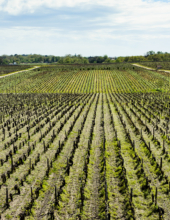
Bordeaux 2023 Preliminary Vintage Report and Reviews from Barrel
29th Apr 2024
56 tasting notes
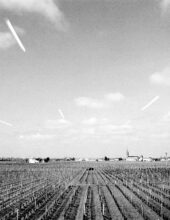
2021 Bordeaux in Bottle and A Modest Proposal
24th Apr 2024
599 tasting notes
Show all articles